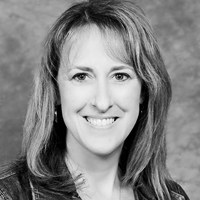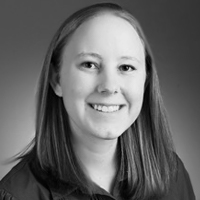Question
What are some basic principles for embedding speech sound intervention into language-based activities?
Answer
North and Hoffman (1990) provide a few noteworthy guidelines for embedding speech sound intervention into language-based activities. First, systematically set up the environment and stimulus materials. In other words, alter your language, or make tasks more complex or simple according to the child’s needs.
Another principle is to select activities that provide frequent communicative opportunities that allow for both modeling and production. We know that children need many opportunities to produce new sounds and targets. But they also need opportunities to hear the target sounds being used appropriately. We want to set up activities that allow that to happen. Some clinicians are apprehensive to do language-based treatment for speech sound goals because they think they can’t get those opportunities in. However, you can work in different prompts, such as providing a tactile cue, asking a clarification question, or restating what the child said in the appropriate way so that their language message is heard, but they also hear a model of the correct production.
The third principle is providing feedback and natural consequences based on the effectiveness of their production. The feedback is directly related to the production, and in a language-based situation there are natural consequences. For example, you are working on velar fronting with a child and you are specifically targeting /k/ and /t/ in ‘key’ and ‘tea’. The child says, “I need the tea.” You hand him the picture of the cup of tea. The child responds, “No, tea” and he puts his finger on his throat to show the tactile cue for /k/. You respond with, “Oh, you want the key. What do you want?” And the child tries the sounds production again. So, the child is given multiple opportunities but the natural consequence of saying ‘tea’ is that the child is given the card with ‘tea’ on it. He does not get what he asked for.
That is just one example of a natural consequence and setting up the situation in a way that allows you, as the clinician, to model, give feedback, ask questions and show the child the power of using the sound that is being targeted.
Please refer to the SpeechPathology.com course, Language-Based Treatment for Children with Speech Sound Disorders, presented in partnership with Cincinnati Children's Hospital for more in-depth information on addressing pediatric speech sound disorders through a language-based approach.


